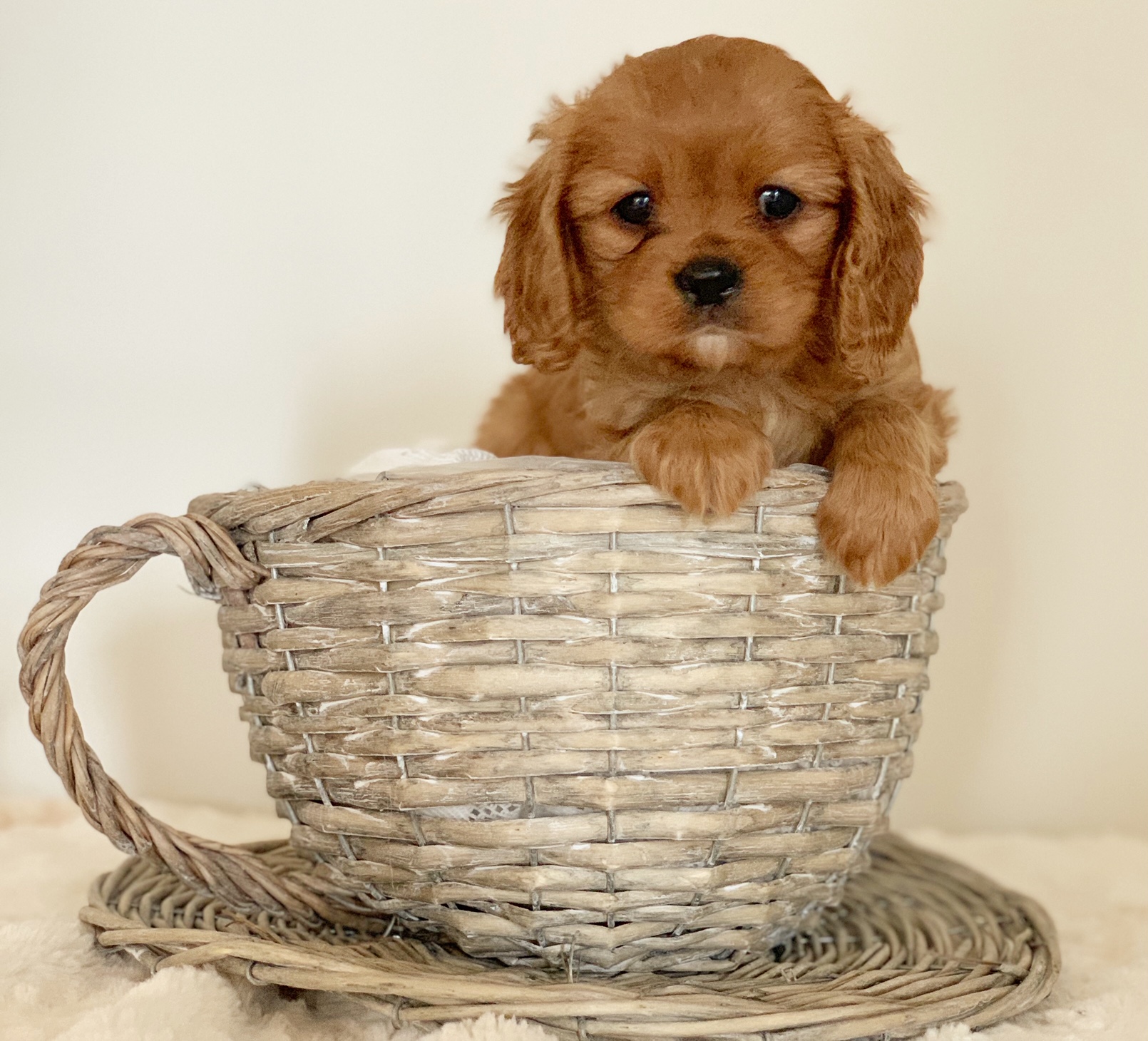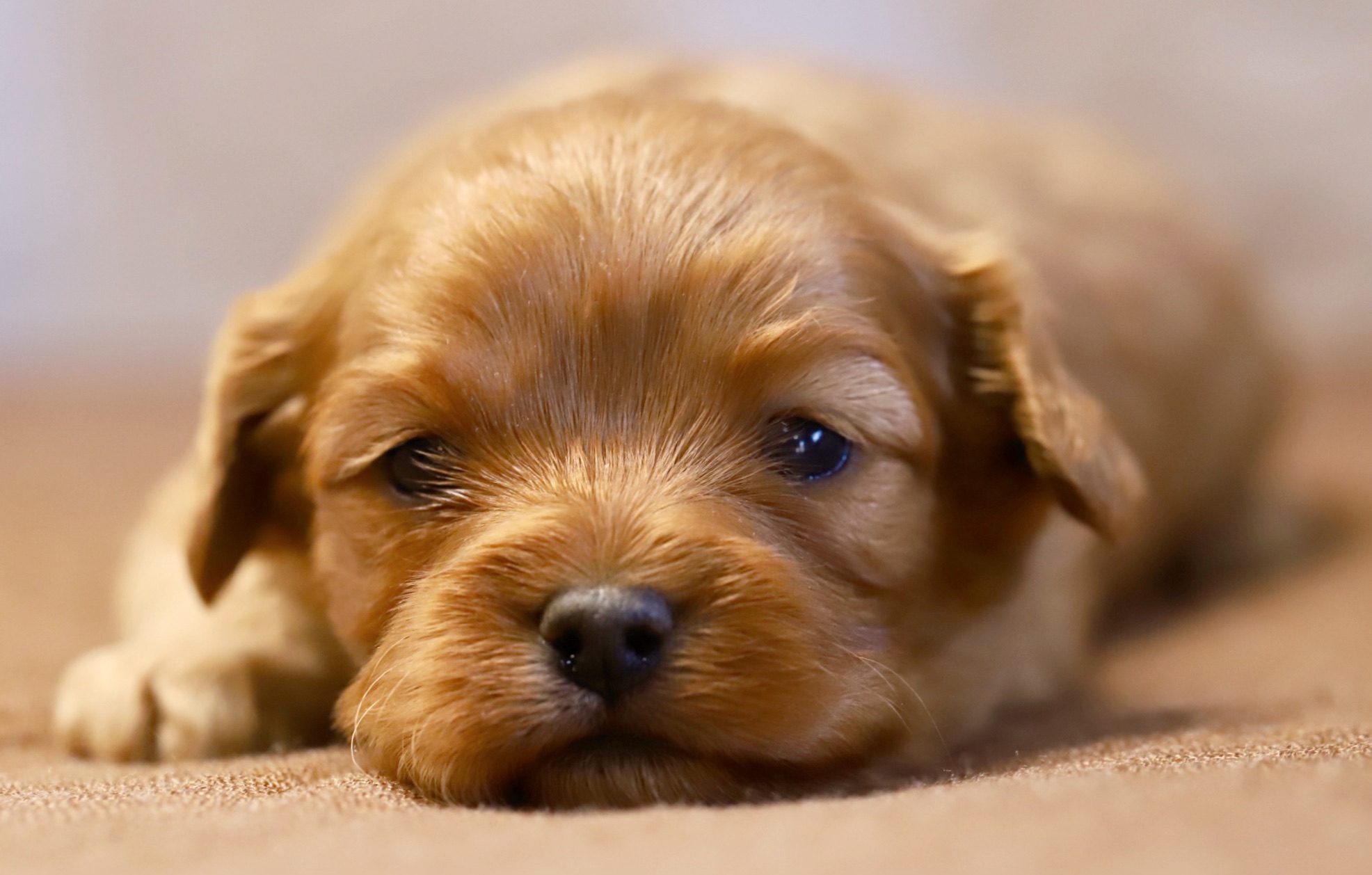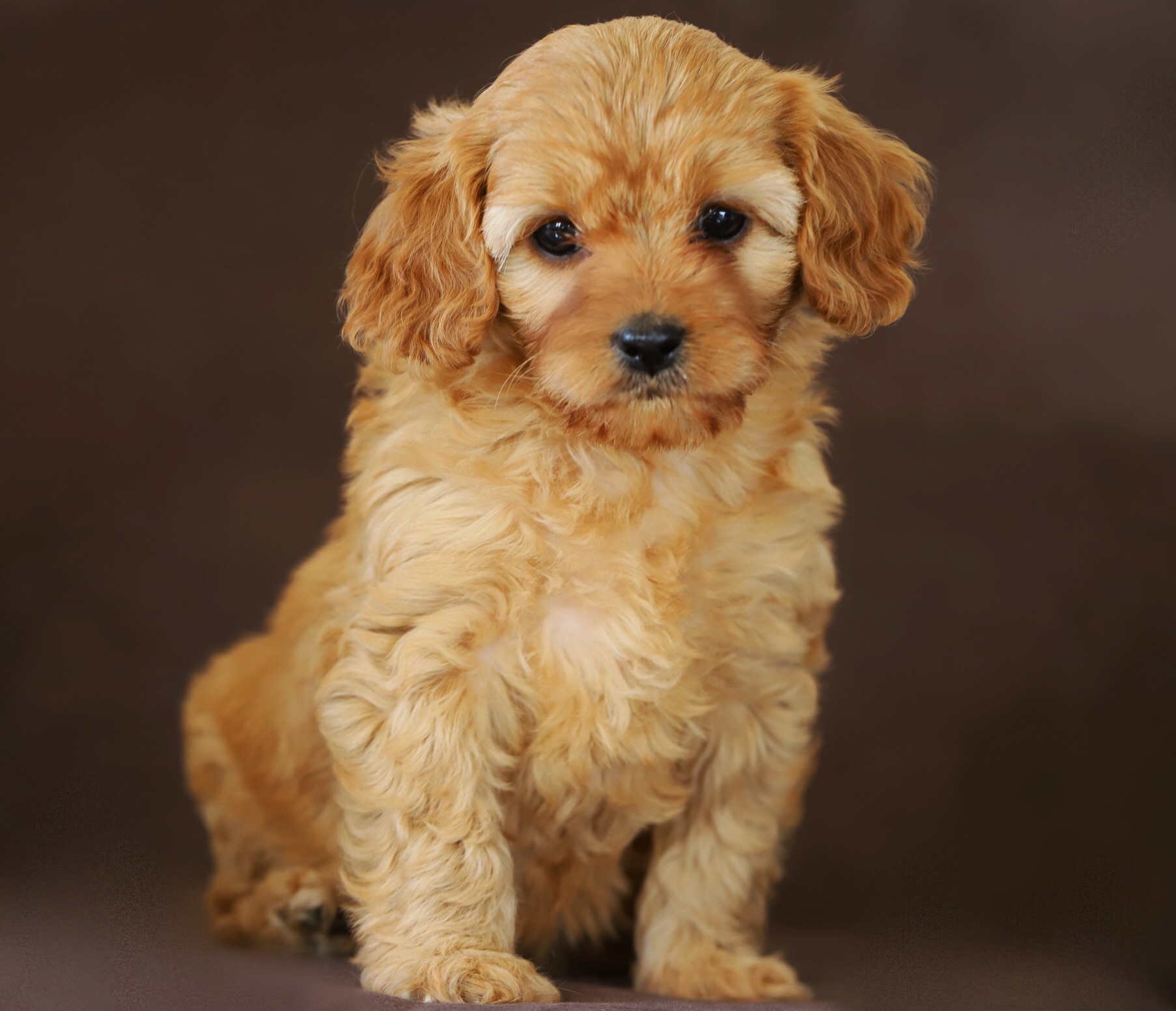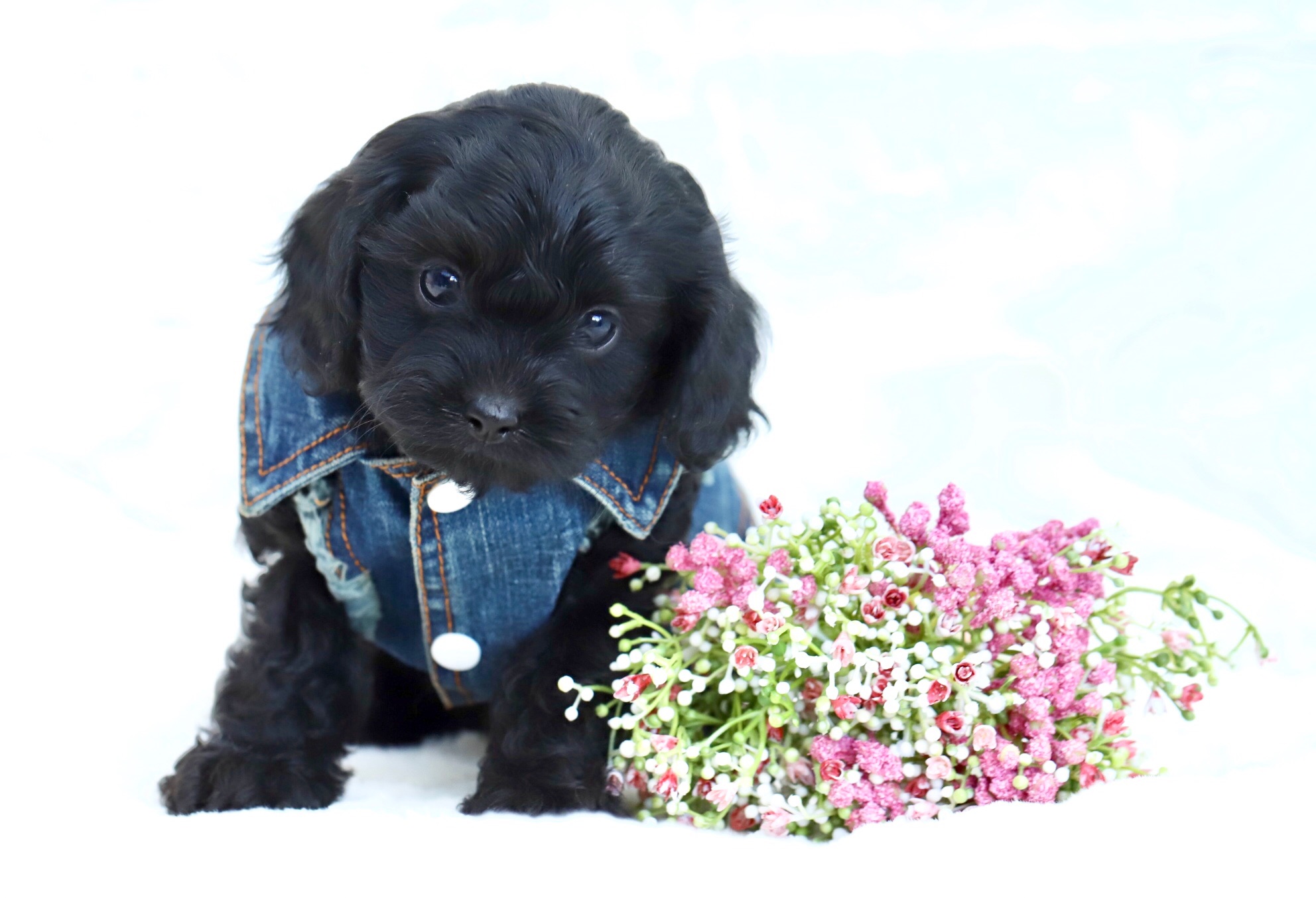
Please know that what i am writing is purely based on my experience of living with dogs for most of my life, and lots of research and experience but google is always available too.
House training (toilet training) a puppy or a dog takes time and patience and, just as with children, every puppy or dog is different and will learn at its own pace.
To make the process of toilet training successful and as efficient as possible, you need to use positive reinforcement training. The first step is to give your dog plenty of opportunities to go outside or the puppy pad. The second is to reward the dog every time(or as often as possible) it eliminates in the place where you want the dog to go.
The reward must occur immediately after the event (within a few seconds), not when the dog comes back inside, as the dog will not make an association between going to the toilet in the right spot and the reward unless it is given straight afterwards. The reward can be in the form of praise (a pat on the chest or saying ‘good’ dog in a pleasant tone of voice), offering a food treat or giving the dog their favourite chew toy.
This system relies on you supervising the dog as much as possible throughout the day so as not to miss the opportunity to reward the dog for the good behaviour. The more often you can do this, the faster the dog will learn. You should also look out for signs showing the dog is about to go to the toilet so you can take them outside and are ready to praise them as soon as they have finished. When dogs are about to go to the toilet they tend to sniff the area, circle and then pause in the spot (though individuals may vary so owners may watch their dog to get an idea of what they do).
Here are certain signs you should watch out for that will alert you that your puppy needs to go outside. These include:
There are also times when you should ensure you take your puppy outside to prevent accidents.
Of course accidents will happen! If you catch your puppy in the act you should immediately take him/her to your designated area. NEVER spank your puppy, rub their nose in it, or reprimand him/her after an accident has occurred. A puppy is too young to be able to connect this with what he has done wrong. Using praise is the best method of training. Puppies only want to please their owners. Give your puppy lots of praise whenever they do the right thing.
Puppies like to wee on anything absorbent. They can not differentiate between a puppy pad and your beautiful carpet. This can work for us or against us.
We strongly recommend you only allow your puppy to have closely supervised access to carpeted areas, until they are trained. We strongly recommend your puppy only have access to hard floor areas, so the puppy pad or newspaper (we recommend puppy pads as they are more absorbent, and have a smell that attracts puppies), is the area most absorbent, thus the most enticing place to wee. This way we clearly show them what is required without any ambiguity.
We recommend only 1 place for a puppy pads, and to keep it at the same place until it is time to progress outside. Puppies are quick learners and generally are happy to return to the same location given the opportunity. If you choose a puppy pad keep taking them to the same place, or choose a dedicated outside toilet spot and continue to take them to that location. Over time they will learn and use that area.
Remember puppies and dogs are clean animals, so do regularly clean that area. A doggy door is an invaluable thing and will make the whole training stage much easier and encourage your puppy to toilet where you want. Just a small cat flap is all that is required for our dogs. Although thinking outside the box is often useful We had one family purchase a pup from us, and trained the puppy to go to the front door and ring a bell hanging from the ceiling. That way wherever the family where they heard the bell and knew he wanted to go outside. It worked perfectly for them without the need of a doggy door.

Calming Collars use a pheromone that mimics the one mother dogs produce to calm their puppies, the collars are clinically proven to reduce or eliminat…
Read more
Water bowl Food bowl Food Treats Dog bed Leash and harness not needed initially Collar Name tags that include the puppy’s name and your phone nu…
Read more
Playful and intelligent puppies investigate objects by touching, chewing and tasting them. Growing puppies love to explore, but need protection from h…
Read more
Please know that what i am writing is purely based on my experience of living with dogs for most of my life, and lots of research and experience but g…
Read more
Grooming The amount a Cavoodle will shed varies depending on the individual dog but most will not shed a lot. So what does this mean? Well the positiv…
Read more
Written by Kate Schoeffel Bsc(hons)BVsc Some animal breeders, including many dog breeders, make a distinction between inbreeding (mating mother/son, f…
Read moreHave a question? Please contact us directly by email.